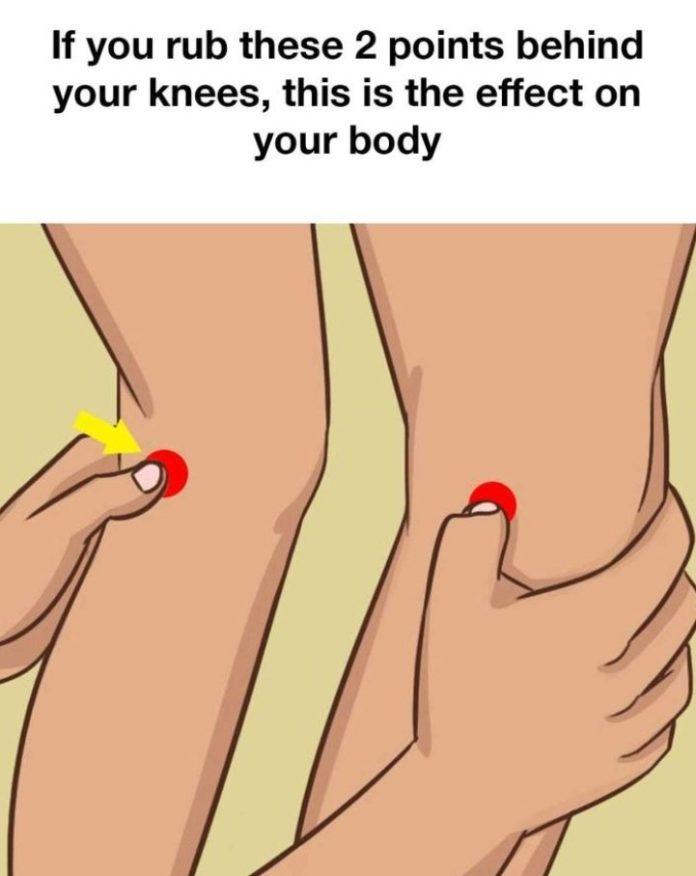Joint stiffness and back pain are common issues faced by many, particularly among older adults. While pharmaceuticals can offer relief, many are hesitant to rely on synthetic medications due to potential side effects and long-term consequences.
Fortunately, ancient practices like acupressure provide a natural alternative that taps into the body’s innate healing abilities. Let’s explore how acupressure and other simple techniques can help alleviate discomfort and promote overall well-being.
Understanding Acupressure
Acupressure is an age-old healing technique rooted in traditional Chinese medicine. It involves applying pressure to specific points on the body to stimulate its self-healing mechanisms. According to Acupressure.com, this practice can enhance blood circulation, induce deep relaxation, and reduce muscle tension. As our bodies age, finding gentle, effective ways to ease discomfort becomes increasingly important.
Key Acupressure Points for Relief
Two acupressure points that can significantly help with stiffness are GB34 and ST36. Michael Reed, an expert in reflexology, highlights these points as particularly effective.
GB34 (Gallbladder 34): This point is located on the outer leg, just below the knee and slightly in front of the outer leg bone. To find it, measure four finger widths below the kneecap and one finger width outside the leg. Massaging this area vigorously on a daily basis can alleviate stiffness and may also help with conditions such as jaundice, nausea, and hip pain.
ST36 (Stomach 36): Located four finger widths below the kneecap and one finger width towards the inside of the leg, this point is another powerhouse for reducing discomfort. It’s known to improve digestion, alleviate fatigue, and even ease menstrual cramps. Regular pressure on ST36 can lead to significant improvements in overall muscle function and energy levels.
Additional Techniques to Alleviate Stiffness
While acupressure is highly beneficial, there are other strategies to help combat stiffness:
Maintain a Regular Sleep Schedule: Consistent sleep patterns allow the body to recover and repair. Ensure that your sleeping environment is warm and free from drafts, as cold temperatures can exacerbate muscle tension.
Warm Showers: Taking a hot shower can help relax stiff muscles, improve circulation, and prepare the body for a restful sleep. The heat encourages blood flow, which aids in the healing process.
Gentle Stretching and Movement: Incorporating light stretching into your daily routine can prevent stiffness and maintain flexibility. Activities like yoga or tai chi can enhance mobility and promote relaxation.
CONTINUE READING ON THE NEXT PAGE 🥰💕

